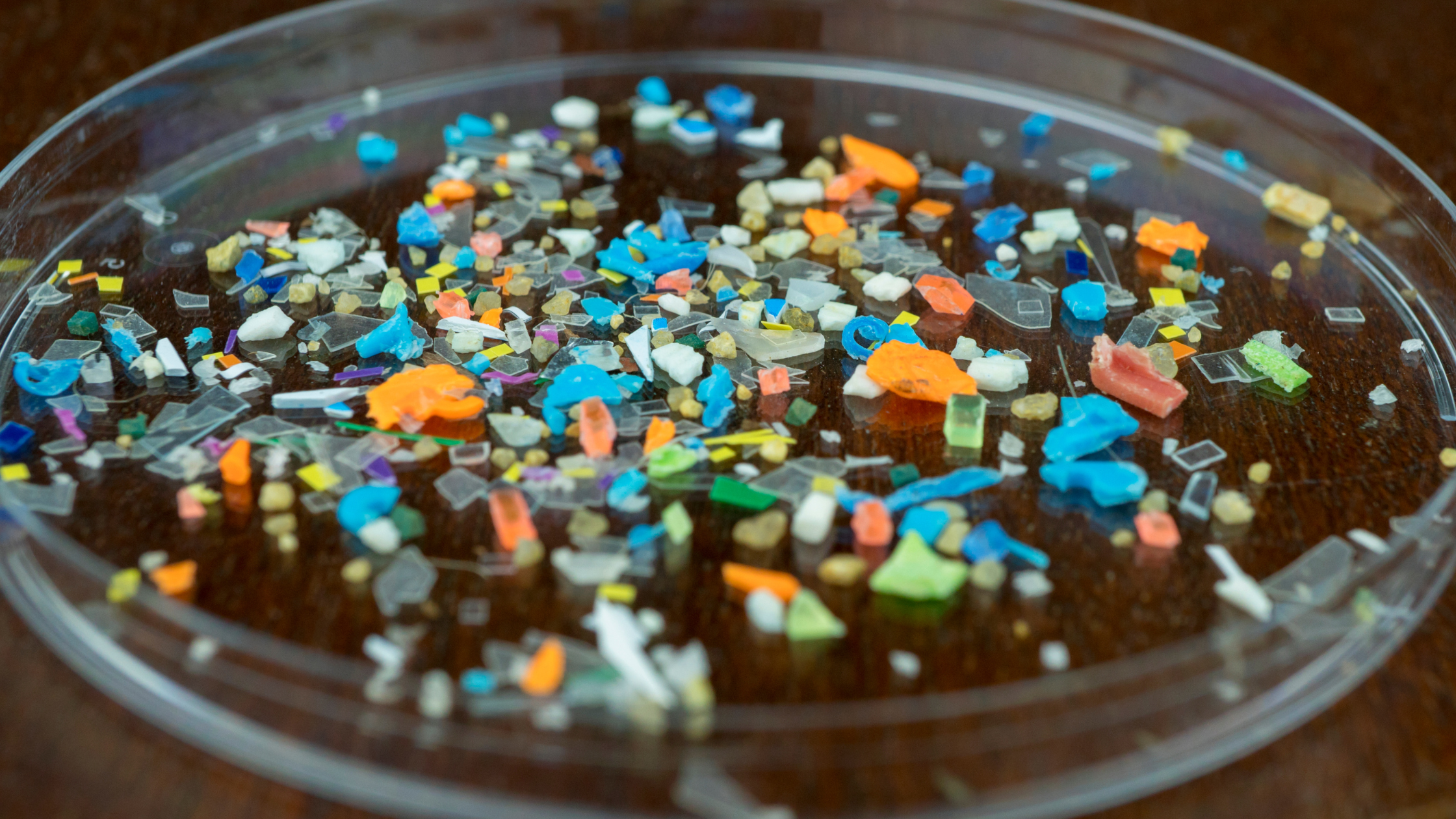Microplastics Found in Human Ovaries for the First Time: What It Means for Fertility and Future Generations
For the first time, scientists have discovered microplastics inside human ovaries—raising urgent questions about fertility, hormone health, and the future of reproductive care.
In a groundbreaking discovery, scientists have found microplastics—tiny fragments of plastic less than 5mm in size—inside human ovarian follicular fluid for the first time. This alarming finding, part of the EcoFoodFertility project led by Dr. Luigi Montano and his interdisciplinary team across Italy and Europe, signals a disturbing new reality: environmental pollution is now infiltrating the very organs responsible for creating life.
As fertility struggles rise globally and 1 in 6 people experience infertility, this discovery forces us to confront how plastic pollution isn't just an environmental issue—it’s a human health crisis, too.
The Study: Connecting Microplastics to Female Fertility
The study, published in Ecotoxicology and Environmental Safety, analyzed ovarian follicular fluid from 18 women undergoing fertility treatment at a clinic in Salerno, Italy. Researchers found microplastics in 14 out of 18 samples, confirming for the first time that plastics are present in the environment where eggs mature—raising urgent concerns about their impact on reproductive health.
Previously, the EcoFoodFertility project detected microplastics in human semen and urine, linking exposure to a decline in male sperm quality and fertility potential. Now, similar fears are emerging for women's reproductive health.
“Microplastics could act like Trojan horses, carrying toxic chemicals such as phthalates and PFAS directly into the ovaries, disrupting hormonal balance and harming fertility,” said Dr. Montano.
What Is Follicular Fluid—And Why Is It Critical?
Follicular fluid surrounds the developing egg (oocyte) inside the ovary. It provides the nutrients, hormones, and protective environment essential for the egg’s maturation and eventual ovulation.
If microplastics are present in follicular fluid, they could directly interfere with egg quality, hormone signaling, and the overall ability to conceive.
The Hidden Health Risks of Microplastics in Women's Bodies
The infiltration of microplastics into the ovaries is not just a fertility issue—it’s a full-body health risk, especially for women.
Here’s why it matters:
1. Reproductive Health and Fertility Risks
Egg Maturation: Microplastics could impair egg development, lowering fertilization potential.
Hormone Disruption: Chemicals attached to microplastics can mimic or block estrogen and progesterone, critical hormones for conception and pregnancy.
Ovarian Dysfunction: Animal studies link microplastic exposure to ovarian tissue damage and decreased oocyte quality.
2. Hormonal Imbalances
Endocrine-disrupting chemicals (EDCs) hitch rides on microplastics, disrupting natural hormone cycles. This may contribute to conditions like:
Polycystic Ovary Syndrome (PCOS)
Thyroid dysfunction
Menstrual irregularities
3. Pregnancy and Fetal Development Concerns
Emerging studies suggest microplastics can cross the placenta, potentially affecting fetal growth, leading to:
Low birth weight
Developmental delays
Increased vulnerability to chronic diseases later in life
4. Mental and Physical Health Impact
Chronic exposure to microplastics is linked to:
Systemic inflammation
Autoimmune risk
Digestive and respiratory problems
Women may be particularly vulnerable due to differences in immune system responses and hormonal cycles.
Microplastics, Fertility, and the Bigger Picture: Why This Matters
For decades, fertility issues have been framed as personal or medical problems. But findings like this reveal the truth: environmental factors, outside of individual control, are now playing a critical role.
This matters because:
Women's reproductive autonomy depends on protecting their health before pregnancy is even a thought.
Infertility is not just a private issue—it’s a public health crisis, driven in part by preventable environmental exposures.
Future generations are at risk if environmental damage to reproductive health isn’t urgently addressed.
At The IVF Warrior, we believe in fighting not just for better fertility care, but also for the systemic change needed to protect our bodies and futures.
What Can Be Done? Steps Toward Prevention and Resilience
While eliminating all microplastic exposure isn’t currently possible, research like EcoFoodFertility is paving the way for actionable solutions:
Policy Change: Stricter regulations on plastics, chemical pollutants, and environmental protections.
Lifestyle Shifts: Minimizing processed foods and choosing glass or stainless-steel containers over plastics.
Citizen Science: Participating in research projects like EcoFoodFertility that track environmental exposures and advocate for healthier communities.
Personal Empowerment: Advocating for fertility and reproductive health support in healthcare systems, workplaces, and legislation.
The Bottom Line
The discovery of microplastics in human ovaries is a wake-up call we can’t ignore.
It reinforces what those navigating infertility already know: our bodies are deeply interconnected with the world around us—and protecting fertility means protecting the environment, too.
At The IVF Warrior, we’ll continue to share groundbreaking research, amplify your voices, and advocate for a world where everyone’s reproductive health is protected, respected, and prioritized.
Sources:
EcoFoodFertility Project: www.ecofoodfertility.it
Ecotoxicology and Environmental Safety Journal (April 2025)
WHO Fertility Data Reports
Medical Disclaimer: The information provided in this blog is intended for general informational purposes only and should not be considered as a substitute for professional medical advice, diagnosis, or treatment. Always seek the advice of your healthcare provider or qualified medical professional with any questions you may have regarding a medical condition. Never disregard professional medical advice or delay in seeking it because of something you have read in this blog.

